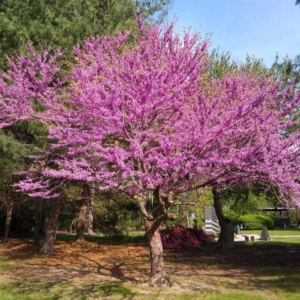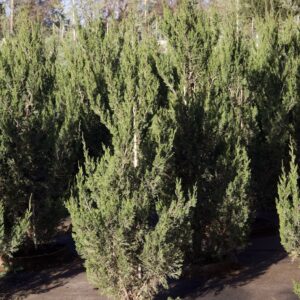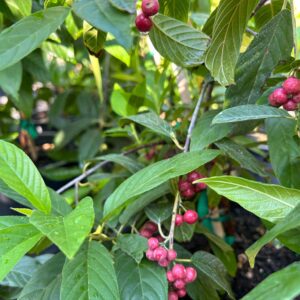Carolina Buckthorn – Rhamnus Caroliniana
Overview: Carolina Buckthorn, scientifically known as Rhamnus Caroliniana, is a versatile and resilient shrub native to the southeastern United States. It is prized for its lush foliage, vibrant berries, and adaptability to various soil types and environmental conditions.
Typical Uses:
Carolina Buckthorn serves multiple purposes in landscaping and gardening:
- As a hedge or privacy screen due to its dense growth habit
- In mixed shrub borders for texture and color contrast
- As a wildlife-friendly plant, attracting birds with its berries
- As an erosion control measure, thanks to its deep root system
Establishment and Care Instructions:
Planting: Choose a location with well-draining soil and full to partial sunlight. Dig a hole twice as wide as the root ball and slightly shallower. Place the shrub in the hole and backfill with soil, gently firming it around the roots. Water thoroughly.
Watering: Keep the soil consistently moist, especially during the first growing season. Once established, Carolina Buckthorn is moderately drought-tolerant.
Pruning: Prune in late winter to early spring to shape the plant and remove any dead or damaged branches. Regular pruning promotes denser growth and enhances the plant’s appearance.
Fertilizing: Apply a balanced fertilizer in spring before new growth begins to support healthy development.
Special Features and Usage:
Carolina Buckthorn offers several notable features:
- Berries: Produces clusters of small, black berries in late summer, attracting birds and adding ornamental value.
- Foliage: Dark green, glossy leaves provide year-round interest, turning a rich red in fall.
- Adaptability: Thrives in various soil types, including clay and sandy soils, and tolerates both wet and dry conditions.
- Wildlife Habitat: Supports local ecosystems by providing food and shelter for birds and other wildlife.






Reviews
There are no reviews yet.